Mastering the Keltner Channel strategy involves leveraging market volatility and trend analysis for precise trading decisions. Understanding the indicator's origin by Chester Keltner in the 1960s is essential. Setting ideal parameters with a 20-period EMA and ATR multiplier of 1 enhances strategy flexibility. Identifying trend directions and strength through band interactions aids in decision-making. Utilize the upper and lower bands for breakout signals and trend analysis. Customizing parameters for specific assets optimizes effectiveness. Confirm signals with additional indicators for reliability. Focus on risk management and profitability for sustainable trading success. Monitoring market trends and adapting strategies based on real-time dynamics are vital steps. Explore further for detailed guidance on mastering this strategy.
Understanding Keltner Channel Indicator
The Keltner Channel indicator, conceived by Chester Keltner in the 1960s, is a technical analysis tool that incorporates a 20-period Exponential Moving Average (EMA) as its central reference line for evaluating market dynamics. By using the EMA in its calculations along with a multiple of the Average True Range (ATR), the Keltner Channels provide traders with a framework to assess market volatility and potential trend shifts. This indicator is particularly valuable for understanding price action within a market, offering insights into the underlying dynamics that drive asset prices.
Traders often use the Keltner Channel to develop strategies that capitalize on market trends and reversals. By observing how price interacts with the channel lines, traders can make informed decisions about entry and exit points. Customizable parameters allow for adaptation to different market conditions and assets, enhancing the versatility of this tool in various trading scenarios. Overall, the Keltner Channel indicator serves as a valuable instrument in the technical analyst's toolkit, providing a structured approach to interpreting market behavior.
Setting Optimal Keltner Channel Parameters
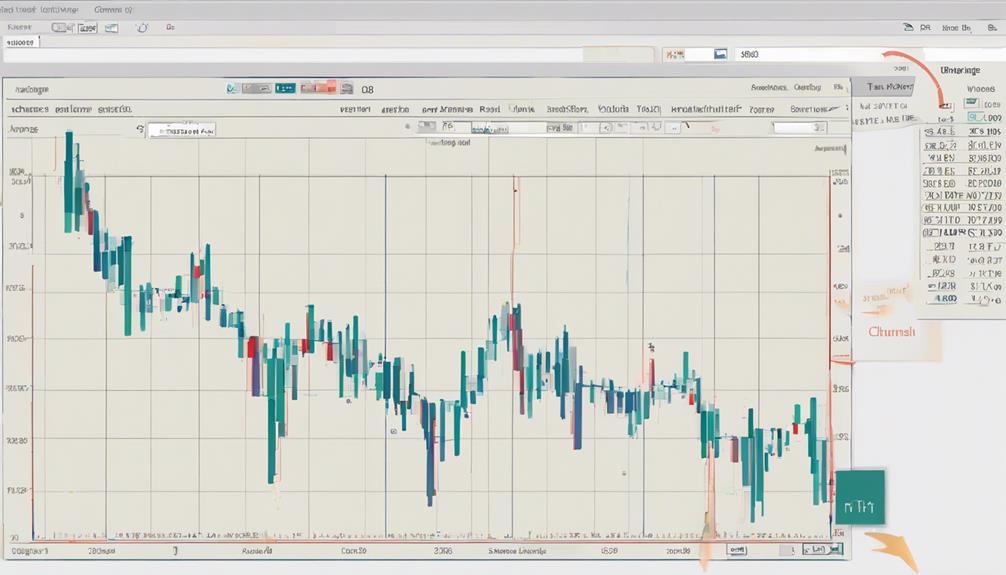
When determining the ideal parameters for the Keltner Channel indicator, traders commonly start with a 20-period Exponential Moving Average (EMA) as the central reference line. This EMA serves as the midpoint for the upper and lower bands, which are typically set using an Average True Range (ATR) offset multiplier of 1.
Customizing the lengths of the EMA and ATR allows for flexibility in adjusting the Keltner Channel parameters to suit different trading styles and market conditions. Traders can enhance trend identification by modifying these settings based on the specific asset being traded.
Aligning the Keltner Channel parameters with individual trading preferences not only provides a personalized approach but also contributes to strategy optimization, ensuring that the indicator aligns with the trader's goals and risk tolerance levels effectively.
Identifying Trend Directions With Keltner Channels
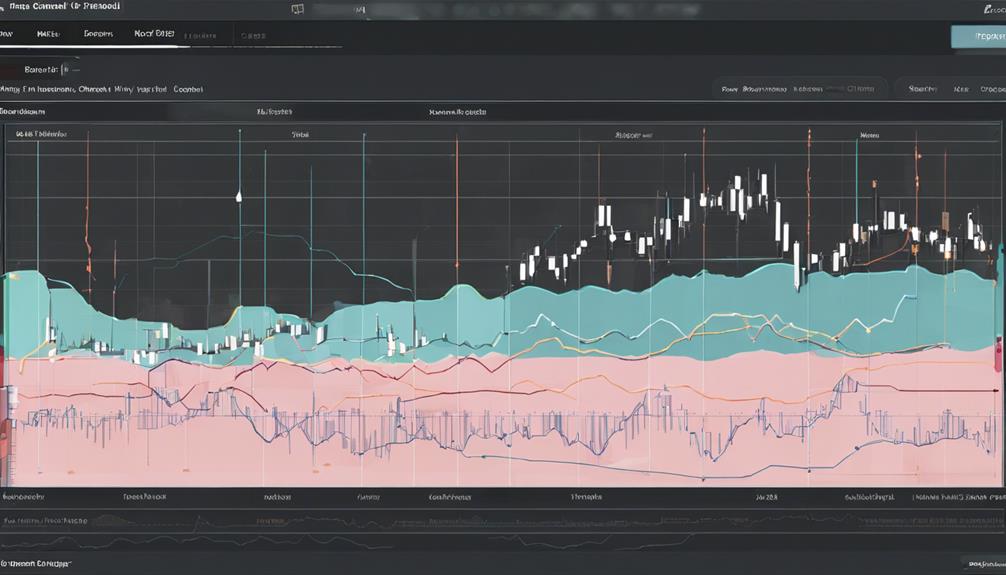
Keltner Channels serve as a valuable tool for identifying trend directions in the market. By utilizing the upper and lower bands alongside the middle band, traders can visually assess potential trend reversals and confirm existing trends.
The breakout signals above or below these bands provide clear indications of potential uptrends or downtrends, aiding traders in making well-informed decisions based on market direction.
Trend Identification Methods
Utilizing the Keltner Channels' 20-period EMA as a reference point, traders can effectively discern trend directions through careful analysis of price movements relative to the channel's upper and lower bands. When identifying trends with Keltner Channels, traders should consider the following:
- Crossing Bands: Crossing above the upper band may signal a potential uptrend, while crossing below the lower band could indicate a possible downtrend.
- Pullbacks: Pullbacks within the channel boundaries can offer insights into trend continuation or potential reversal points.
- Market Flatness: Market flatness occurs when prices fail to breach the channel bands, suggesting a lack of clear trend direction.
- Trend Strength: Analyzing how frequently prices touch the channel bands can help evaluate the strength of the current trend.
Keltner Channel Signals
How can traders effectively interpret trend directions using Keltner Channels?
Keltner Channels offer valuable signals for traders to identify trend directions in the market.
When prices consistently remain above the upper channel line, it suggests an uptrend, while prices consistently below the lower channel line indicate a downtrend.
Sideways trends are recognized when prices fluctuate within the channel boundaries.
Breakouts, where prices breach the upper or lower channel lines, are essential signals for potential trend changes.
By utilizing Keltner Channels, traders can assess trend strength, determine entry and exit points, and manage risks effectively.
This technical tool aids in breakout trading strategies, leveraging price volatility to make informed decisions within the framework of the upper and lower lines of the Keltner Channel.
Utilizing Keltner Channels for Breakout Trading
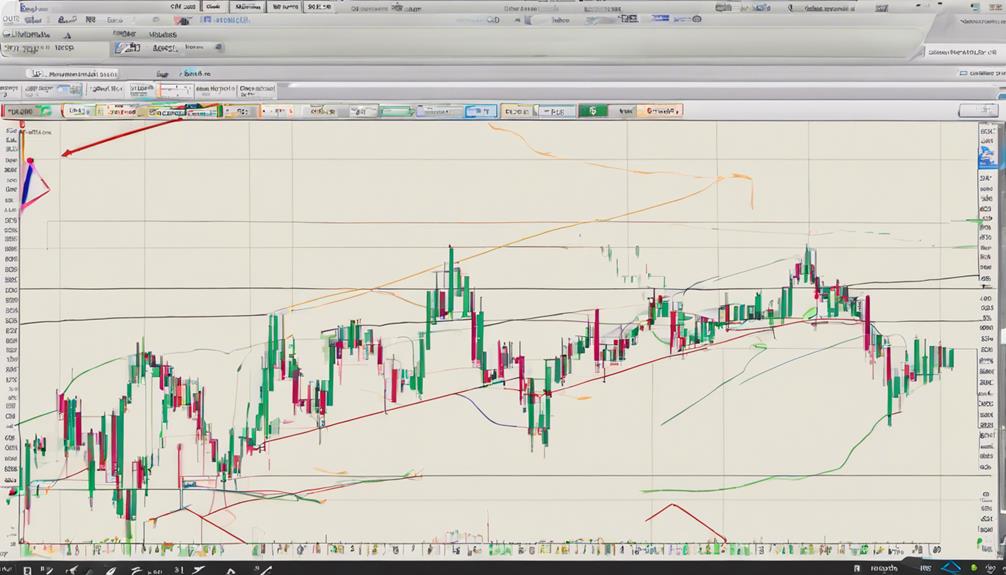
When implementing breakout trading strategies with Keltner Channels, careful monitoring of price movements above the upper band or below the lower band is essential for identifying potential trading opportunities. Traders can enhance their breakout trading using Keltner Channels by following these key points:
- Confirmation of Breakout Signals: Utilize additional technical indicators to confirm breakout signals for increased reliability.
- Setting Boundaries: The upper and lower bands of the Keltner Channel, based on the Average True Range (ATR) multiplier, act as boundaries to identify potential breakout points.
- Determining Trend Direction: Incorporate the median line, typically a 20-period Exponential Moving Average (EMA), to determine the trend direction before executing breakout trades.
- Risk Management: Implement effective risk management strategies to mitigate potential losses when trading breakouts using Keltner Channels.
Implementing Keltner Channels for Reversal Points
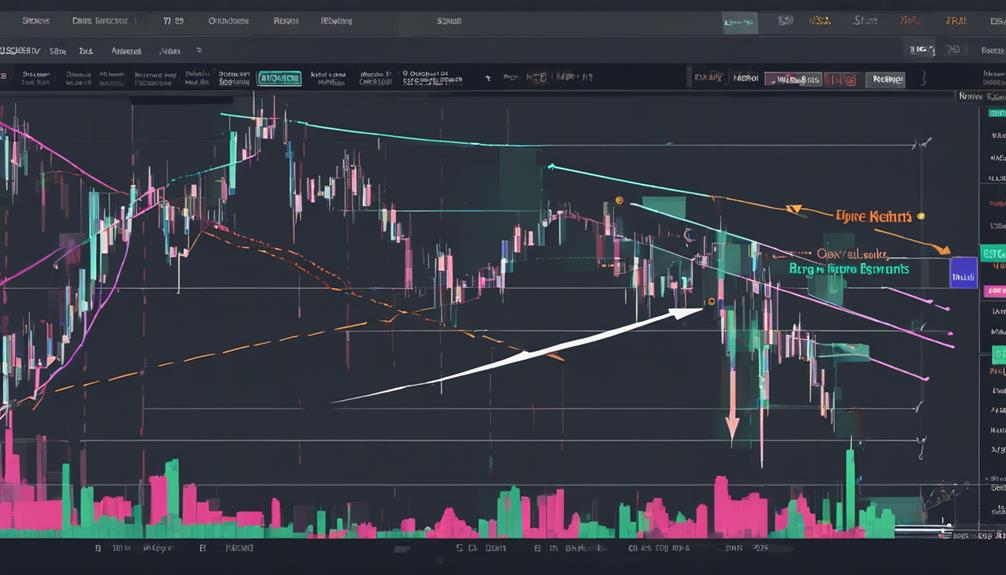
Keltner Channels serve as valuable tools for traders seeking to pinpoint potential reversal points in market trends by analyzing price movements relative to the upper and lower bands. When the price hits the upper or lower bands of the Keltner Channel, it can indicate a possible reversal point. Reversal points are often confirmed when the price action bounces off these channel edges. However, traders should not solely rely on Keltner Channels for reversal signals; confirmation from other indicators or candlestick patterns is essential to validate these signals effectively.
In Keltner Channels, the middle line can serve as a reference point for potential trend reversals. Understanding the market context and trend strength is vital for accurately interpreting reversal points using Keltner Channels. Traders should consider the overall market conditions and the strength of the prevailing trend before making decisions based on potential reversal signals indicated by the Keltner Channels.
Customizing Keltner Channel Strategy Parameters
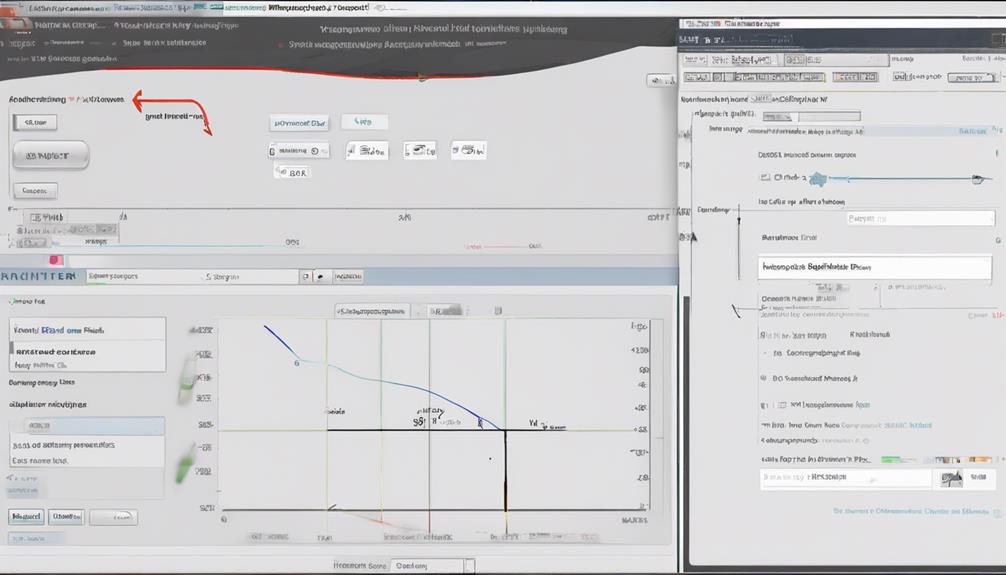
Customizing the parameters of the Keltner Channel strategy enables traders to tailor their approach to market conditions and asset characteristics effectively. By adjusting the EMA period, traders can fine-tune the sensitivity to price movements and better identify trends. Changing the multiplier for ATR impacts the width of the channel bands, providing insights into market volatility. Customizing parameters allows adaptation to different assets with varying levels of price fluctuation and enhances entry and exit point precision based on risk tolerance and trading style. Experimenting with different EMA lengths and ATR multipliers offers flexibility in tailoring the Keltner Channel strategy to specific market conditions and trading objectives.
Adjusting the EMA period influences sensitivity to price movements.
Changing the ATR multiplier alters the width of the channel bands.
Customizing parameters allows adaptation to different assets.
Experimenting with EMA lengths and ATR multipliers offers flexibility in strategy customization.
Confirming Signals With Other Indicators
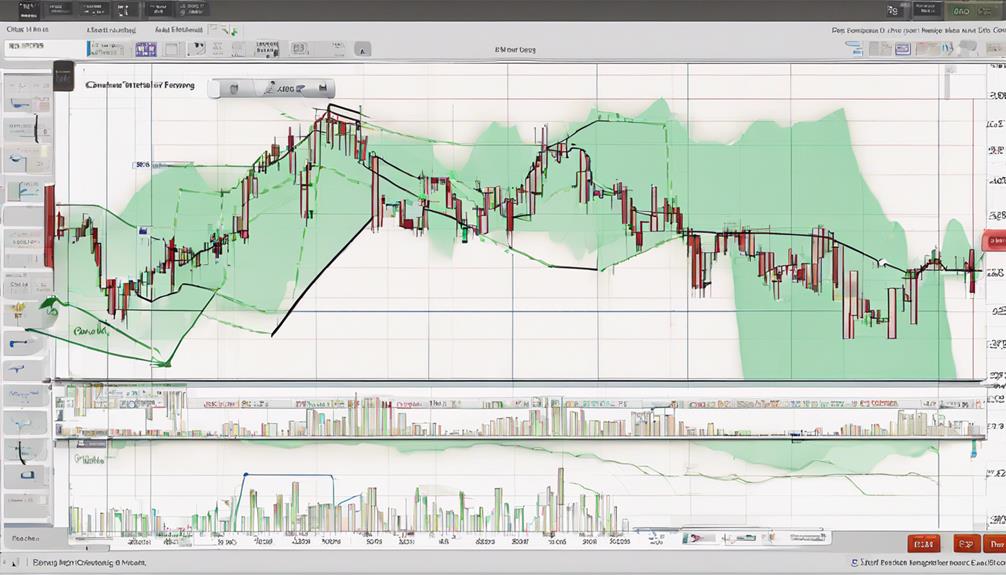
Enhancing signal reliability in the Keltner Channel strategy involves confirming signals with additional indicators such as the RSI or MACD. By integrating these indicators, traders can gain further insights into market conditions and potential price movements. Relative Strength Indicators (RSI) serve to validate overbought or oversold levels suggested by Keltner Channels, offering a more thorough understanding of market sentiment. Additionally, MACD crossovers when aligned with Keltner Channel signals can offer confirmation for both entry and exit points, aiding traders in making well-informed decisions.
Furthermore, incorporating volume indicators alongside Keltner Channels can help confirm potential breakout opportunities or trend reversals, providing a comprehensive view of market dynamics. Utilizing multiple timeframes in conjunction with Keltner Channels can also enhance the confirmation of signals, as trends and price actions are analyzed across different time horizons. By leveraging these additional indicators, traders can strengthen their trading strategies and improve the overall effectiveness of the Keltner Channel approach.
Emphasizing Risk Management in Trading
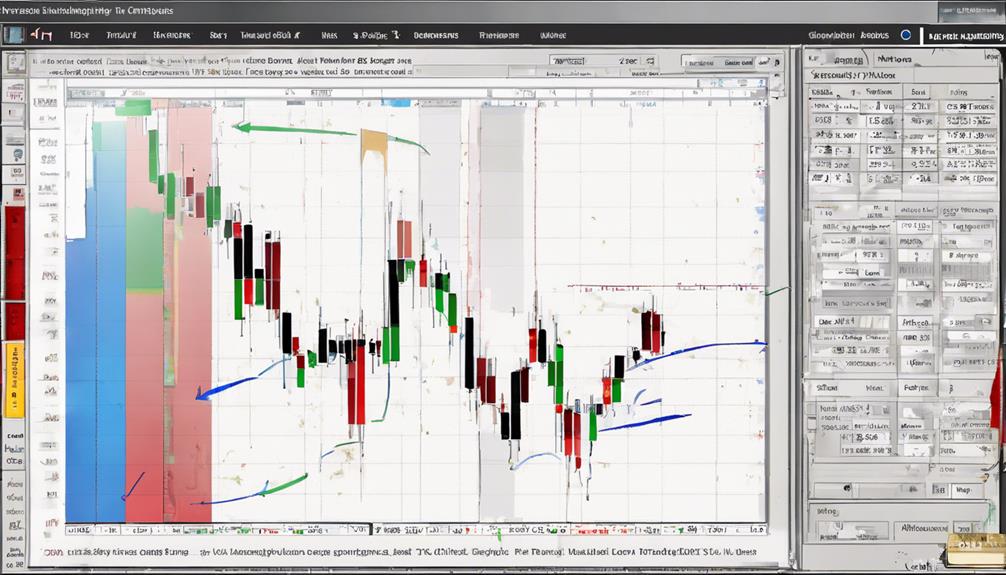
Building a strong foundation for successful trading involves placing a significant emphasis on effective risk management strategies. When utilizing the Keltner Channel Strategy, prioritizing risk management is vital to navigate the complexities of the market. Here are key points to keep in mind:
- Setting Stop-Loss Orders: Implementing stop-loss orders is essential to limit downside risk and protect capital when trading with the Keltner Channel Strategy.
- Preserving Capital: Traders must focus on preserving capital, especially during periods of market volatility, to guarantee long-term profitability and sustainability.
- Disciplined Trading: Engaging in disciplined trading practices, including adhering to risk management principles, is fundamental for achieving successful outcomes with the Keltner Channel Strategy.
- Balancing Risk and Reward: By effectively managing risk, traders can strike a balance between potential losses and profit opportunities, enhancing their overall trading performance.
Incorporating these risk management techniques into trading strategies can greatly improve decision-making processes and contribute to more consistent and profitable outcomes when utilizing the Keltner Channel Strategy.
Prioritizing Profitability With Keltner Channels
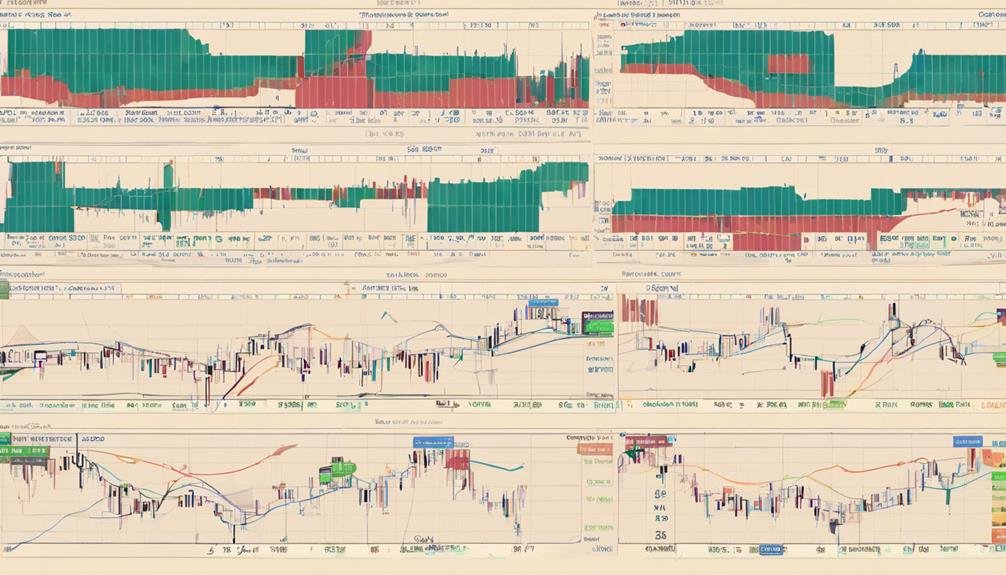
Prioritizing profitability with Keltner Channels involves implementing profit-focused strategies aimed at maximizing trading gains.
By fine-tuning parameters like the EMA period and ATR multiplier, traders can enhance their profitability potential.
Combining Keltner Channels with other technical indicators for confirmation and risk management further solidifies the focus on maximizing profits.
Profit Focus Strategies
Utilizing breakout and pullback strategies within the framework of Keltner Channels is a key approach for traders aiming to enhance profitability in their trading endeavors. By prioritizing profitability with Keltner Channels, traders can focus on maximizing profits through high-probability trading opportunities identified by the channel signals.
Effective risk management is vital to sustain profitability while maneuvering market trends and volatility. Profit-focused strategies with Keltner Channels aim to capitalize on these trends and fluctuations to optimize trading outcomes. Traders who prioritize profitability can improve their trading performance and achieve consistent gains by aligning their strategies with the signals provided by Keltner Channels.
Maximizing Trading Gains
To enhance trading gains effectively with Keltner Channels, strategic alignment of entry and exit points is essential for maximizing profitability. Utilizing Keltner Channels helps identify potential breakout opportunities with high profit potential, enabling traders to pinpoint best entry and exit points.
Effective risk management strategies are vital when trading with Keltner Channels to protect profits. By leveraging Keltner Channels for trend following strategies, traders can achieve sustained profitability.
Tailoring trading decisions based on Keltner Channel signals enhances profitability while minimizing risks. Implementing these effective strategies guarantees that traders can capitalize on the full potential of Keltner Channels, optimizing their trading gains and overall profitability.
Monitoring Market Dynamics and Trends
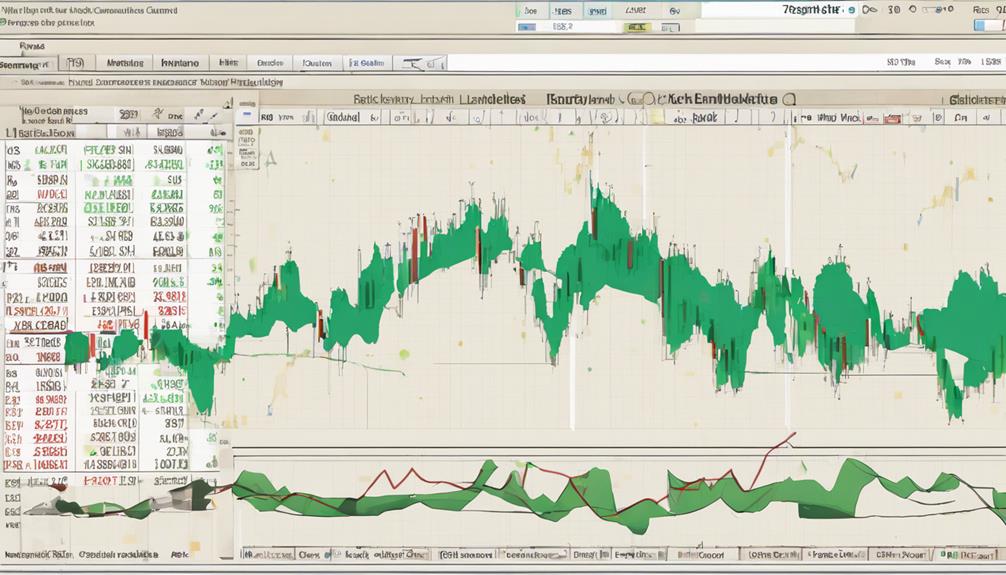
Monitoring market dynamics and trends is essential for traders seeking to make informed decisions in the ever-changing financial landscape. Traders utilize technical analysis tools such as Keltner Channels to track market volatility and identify potential entry and exit points based on trend analysis. Understanding market trends involves recognizing patterns, support and resistance levels, and price action, which are vital for developing effective trading strategies that adapt to changing market conditions.
Market dynamics encompass various factors like supply and demand, economic indicators, and investor sentiment.
Traders rely on technical analysis tools like moving averages, trendlines, and Keltner Channels to monitor trends.
Identifying trends helps in pinpointing optimal entry and exit points for trades.
Trend analysis includes recognizing patterns, support and resistance levels, and price action, which are essential for successful trading strategies.
Adapting Strategies for Successful Trading

Traders can enhance their success in the financial markets by strategically adjusting Keltner Channel settings to suit specific assets and timeframes, thereby adapting their trading strategies effectively. Adapting strategies involves customizing Keltner Channel Settings, such as adjusting the EMA and ATR parameters, to align with prevailing market conditions.
By being flexible in their approach, traders can capitalize on changing trends and volatility levels, optimizing their trading performance. Monitoring market dynamics is essential in this process, as it allows for the fine-tuning of strategies based on real-time information.
Understanding the relationship between indicators and the market context is important for successfully adapting strategies. Traders should be prepared to lower the Keltner Channel parameters or make other adjustments as needed to maintain their strategies' effectiveness in different market environments.
Frequently Asked Questions
What Are the Best Settings for the Keltner Channel?
Ideal parameters for the Keltner Channel involve a 20-period Exponential Moving Average (EMA) as the middle line with an Average True Range (ATR) offset multiplier of 1. These settings help in adjusting volatility, providing entry signals, formulating exit strategies, and enhancing trend identification.
Traders can customize these parameters based on their risk management, timeframe selection, and position sizing preferences. Backtesting results can validate the effectiveness of the chosen settings in achieving trading goals.
How Does Keltner Channel Strategy Work?
The Keltner Channel strategy operates by utilizing volatility-based bands around an Exponential Moving Average to identify potential entry points and signals in the market. Traders monitor price action within the channel, looking for confirmation of trend direction and evaluating breakouts or pullbacks.
Incorporating stop losses, targets, and risk management techniques, the strategy aims to capture trends while managing downside risk effectively. Position sizing and backtesting play vital roles in optimizing this trend-following approach.
What Is the Win Rate of Keltner Channel?
Win rate analysis of the Keltner Channel strategy involves examining historical data to assess statistical probability in varying market conditions. Factors like asset volatility, risk management, backtesting results, and entry signals impact win rates. Traders can enhance win rates by optimizing these elements.
Understanding trading psychology is essential for consistent performance with the Keltner Channel strategy. Analyzing win rates through a thorough approach can lead to improved trading outcomes.
What Is the Strategy of the Keltner Channel Swing Trading?
Swing trading with the Keltner Channel involves identifying trends, measuring volatility, and utilizing the channel's bands for entry and exit signals. Traders manage risk through proper position sizing, setting profit targets, and employing stop losses.
Conclusion
To sum up, mastering the Keltner Channel strategy requires a deep understanding of its indicators and parameters, as well as the ability to identify trend directions, breakout opportunities, and reversal points.
By emphasizing risk management, prioritizing profitability, and monitoring market dynamics, traders can adapt their strategies for successful trading.
Like skilled navigators using the stars to guide their course, traders can use the Keltner Channels to navigate the complex and ever-changing waters of the financial markets.
